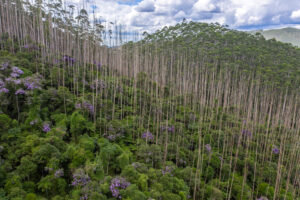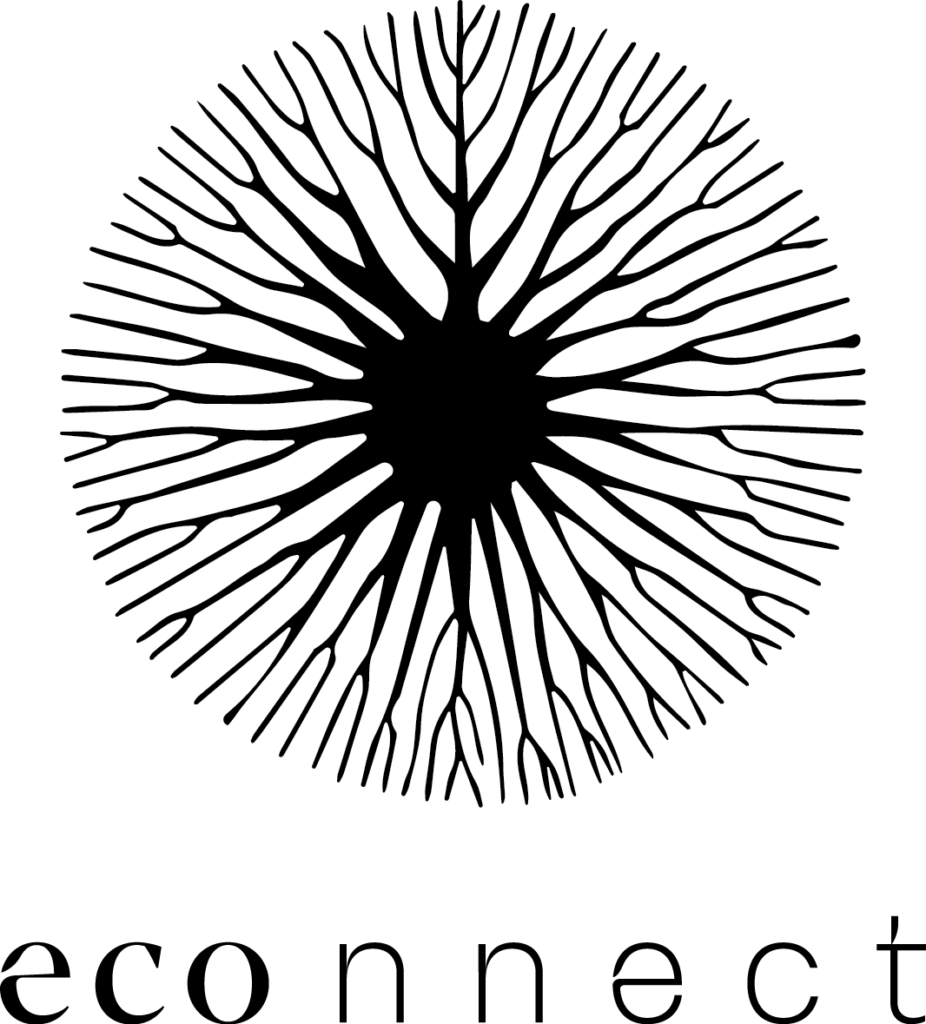Roya Aghighi, a Canadian-Iranian fashion designer, has come up with a new textile using algae. The garment is known as Biogarmentry which turns carbon into oxygen via the process of photosynthesis—making it perhaps the most sustainable material in fashion.
How it works:

To make the fabric for Biogarmentry, chlamydomonas reinhardtii, a type of single-cell green algae, are spun together with nano polymers. The end result is a textile similar to that of linen.

This type of fabric will become the only textile that is unwoven, instead it is a living organism that lives in symbiosis with the human body, sunlight, and the air around it.
“By making textiles alive, users will develop an emotional attachment to their garments. Since the life cycle of the living photosynthetic textile is directly dependent on how it is taken care of, caring for clothes would regain ascendance as a crucial part of the system.” said Aghighi.
Once the garment has been used and taken care of extensively, the piece can be composted.
What it means for society:
Users of the textile will have to take care of their garment as they would care for a plant to keep it alive and working. This would look like spending some time in the sun and spraying some water on it once a week, completely altering our relationship with our clothes.
“The living aspect of the textile will transform users’ relationship to their clothing, shifting collective behaviours around our consumption-oriented habits towards forming a sustainable future.” —Aghighi, designer.
Biogarmentry has the potential to completely disrupt the current textile market—providing customers with clothes that actively imrpove their immediate surroundings, breathe, and live!














